Evaluating the Best eDiscovery Software: A Comprehensive Analysis of Leading Platforms in 2025
The electronic discovery software market has experienced unprecedented consolidation and innovation in 2025, fundamentally reshaping the competitive landscape and forcing legal professionals to reassess their technology strategies. The acquisition of Disco by CS Disco Holdings for $3.2 billion in February 2025 created the largest pure-play eDiscovery company, while Microsoft’s surprise entry into the legal discovery market through its Purview eDiscovery Premium platform has disrupted traditional vendor relationships across the industry.
Unlock Legal Insights Instantly!
According to the 2025 Legal Technology Buyer’s Guide published by the International Association of Legal Technology Professionals, law firms are now evaluating discovery platforms based on dramatically different criteria than just two years ago. Artificial intelligence capabilities, which were considered optional features in 2023, are now mandatory requirements for 89% of firms seeking new discovery solutions. The integration of large language models for document review, automated privilege detection, and predictive analytics has become the primary differentiator between leading platforms and legacy solutions.
The market dynamics have shifted toward comprehensive legal technology ecosystems rather than standalone discovery tools. The most successful platforms now offer integrated case management, contract analysis, legal research, and trial preparation capabilities within unified environments. This convergence has forced traditional discovery vendors to expand their offerings while pushing established legal technology companies to develop discovery capabilities to remain competitive.
Current Market Leaders and Their Distinctive Capabilities
The eDiscovery software landscape is dominated by platforms that have successfully integrated artificial intelligence capabilities while maintaining the security, scalability, and compliance features required for complex litigation. Industry analysis reveals that the most successful platforms combine traditional discovery functionality with next-generation AI capabilities, creating powerful hybrid systems that can handle both routine document processing and sophisticated analytical tasks.
Cloud-native architectures have become essential for competitive positioning, with leading platforms offering unlimited scalability, global accessibility, and advanced collaboration features. The COVID-19 pandemic accelerated the adoption of cloud-based discovery solutions, and firms that initially adopted cloud platforms for remote work flexibility have discovered significant cost savings and efficiency improvements that make return to on-premise solutions unlikely.
The integration of natural language processing capabilities has transformed document review from a manual, linear process to an intelligent, iterative workflow. Leading platforms can now understand document context, identify key entities and relationships, and provide sophisticated analytical insights that were previously available only through expensive manual analysis.
AI Integration and User Experience Design
The most significant differentiator among contemporary eDiscovery platforms is the sophistication of their artificial intelligence implementations. Leading platforms have moved beyond simple keyword searching and basic categorization to deploy advanced machine learning models that can understand legal concepts, identify privilege issues, and predict document relevance with remarkable accuracy. These AI capabilities are not merely add-on features but are integrated throughout the entire discovery workflow.
Technology-assisted review has evolved from experimental technology to essential functionality, with the most advanced platforms achieving accuracy rates exceeding 95% for document classification tasks. These systems continuously learn from attorney review decisions, improving their predictions over time and reducing the manual review burden while maintaining the quality standards required for litigation discovery.
The user experience design of eDiscovery platforms has become a critical factor in platform selection as legal professionals demand intuitive interfaces that minimize training requirements while maximizing productivity. Leading platforms have invested heavily in user interface design, conducting extensive research with legal professionals to understand workflow requirements and optimize system usability. Modern discovery platforms provide customizable dashboards that allow users to configure their work environment based on role-specific requirements and personal preferences.
Integration Capabilities and Security Features
The ability to integrate with other legal technology platforms has become a crucial evaluation criterion as law firms seek to create seamless workflows that span multiple applications. Leading eDiscovery platforms provide robust APIs and pre-built integrations with popular case management systems, legal research databases, and trial presentation software.
Document transfer capabilities enable seamless movement of discovery materials between different platforms and external parties while maintaining security and audit trail requirements. Advanced platforms support multiple export formats and provide automated redaction capabilities that ensure confidential information is properly protected during document production.
Security capabilities have become the primary evaluation criterion for many law firms following high-profile data breaches in the legal industry. Leading platforms implement comprehensive security frameworks that address both external threats and internal risks while maintaining the accessibility and collaboration features required for effective discovery management. Advanced platforms provide granular access controls that enable administrators to define precise permissions based on user roles, case involvement, and document sensitivity.
Cost Considerations and Platform Evaluation
The pricing landscape for eDiscovery software has evolved, with vendors offering flexible models to fit varying firm sizes, case types, and usage patterns. Top platforms support:
- Subscription pricing for predictable budgeting
- Usage-based models that scale with your data needs
- Hybrid options combining fixed and variable costs
Evaluating true value means looking beyond license fees. Law firms should factor in:
- Implementation and training costs
- Support responsiveness and quality
- Long-term productivity and ROI gains
Leading firms start with structured evaluations including stakeholder input and real-case pilot testing to ensure platforms meet both present needs and future growth.
- Book a Demo – See how NexLaw delivers flexible pricing with powerful litigation support
- Explore Plans – Includes a free 3-day trial to evaluate features with your team
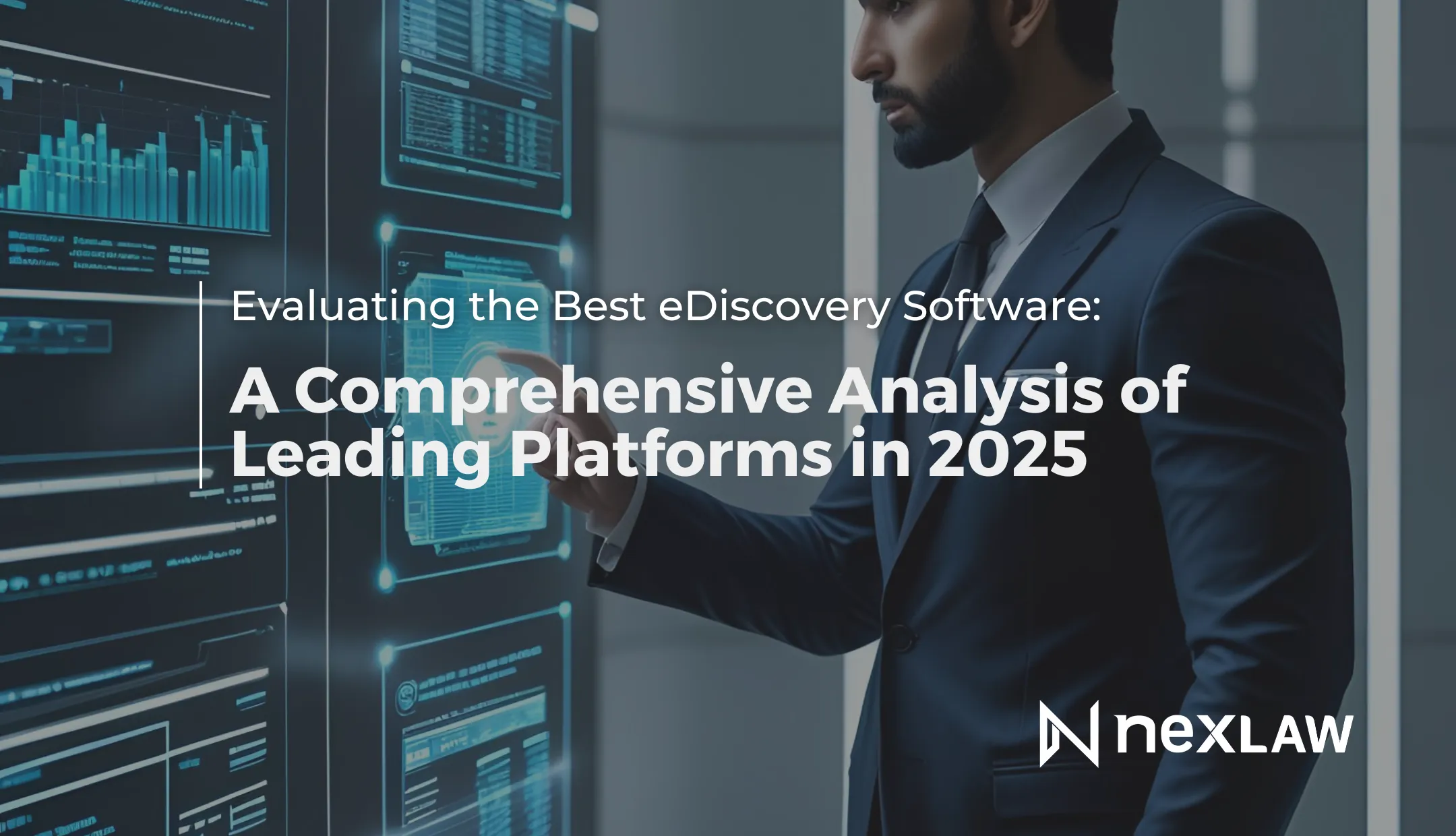
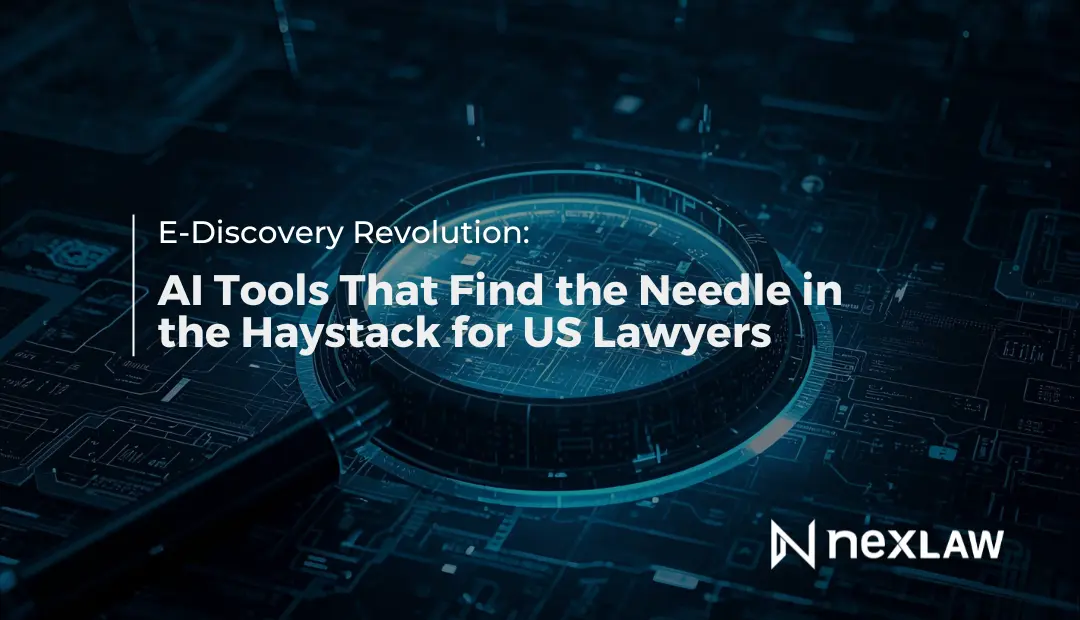
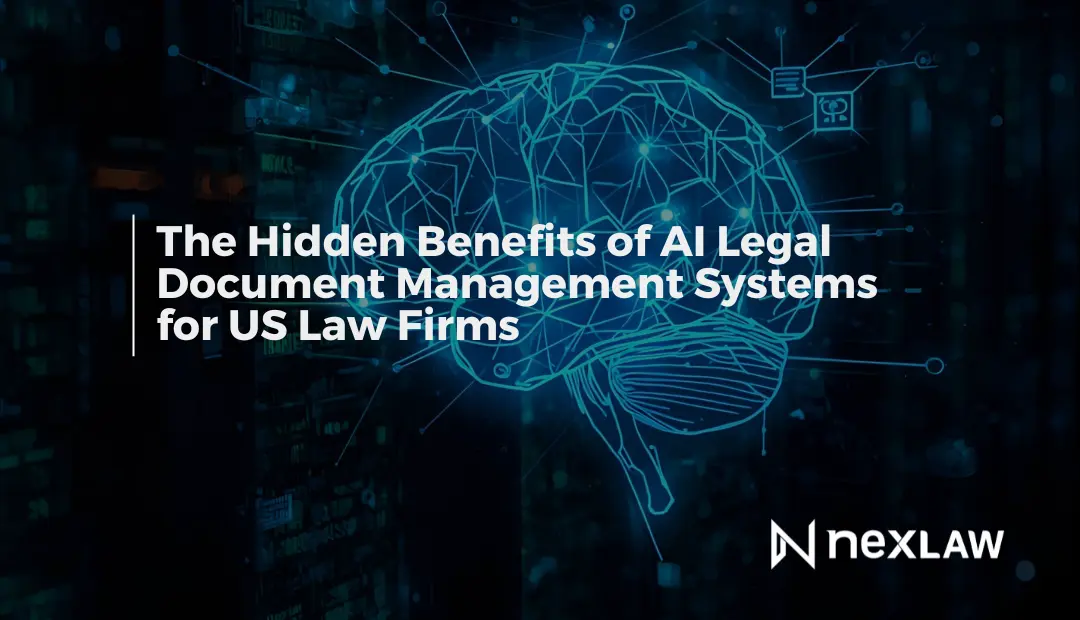
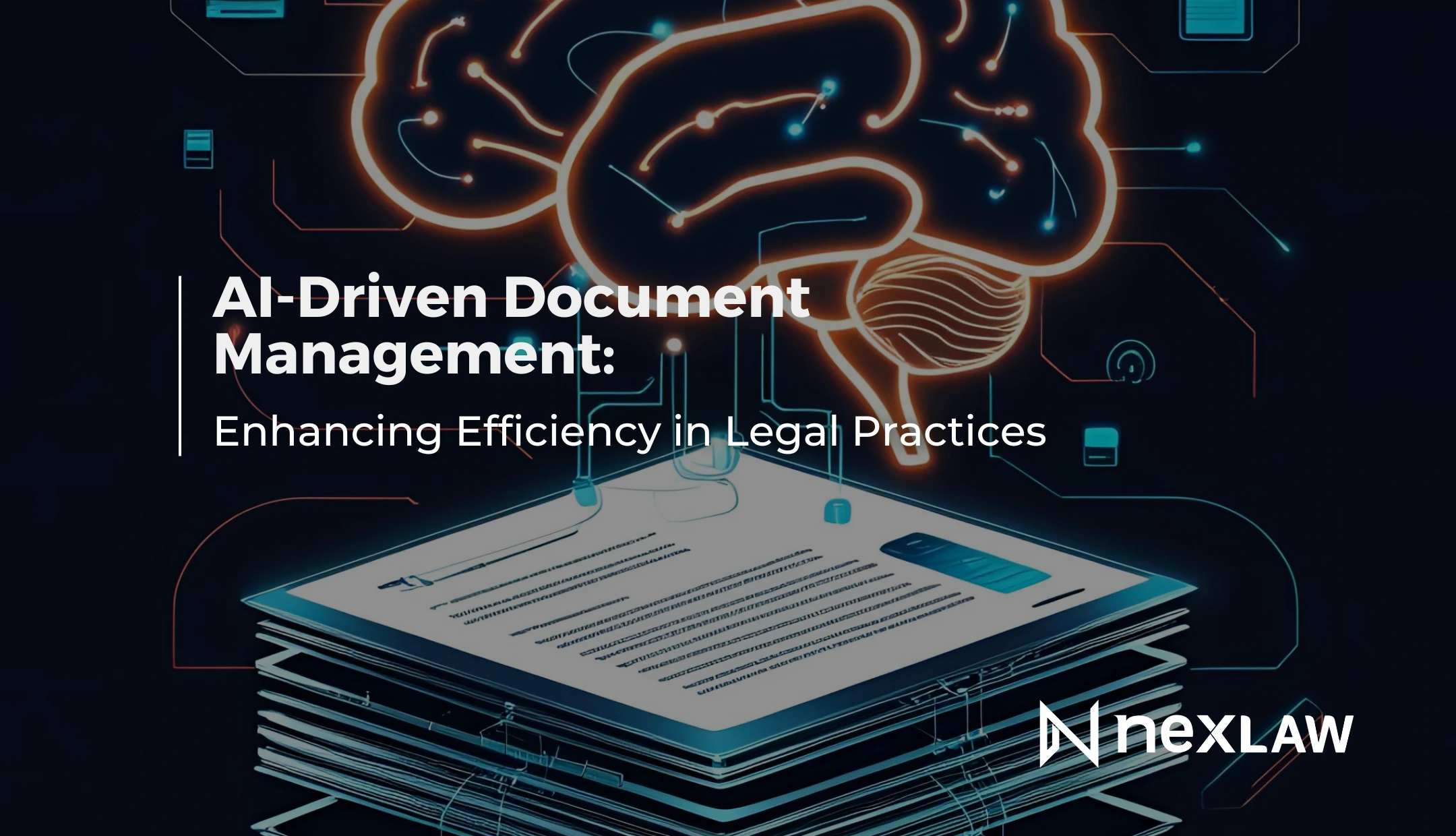
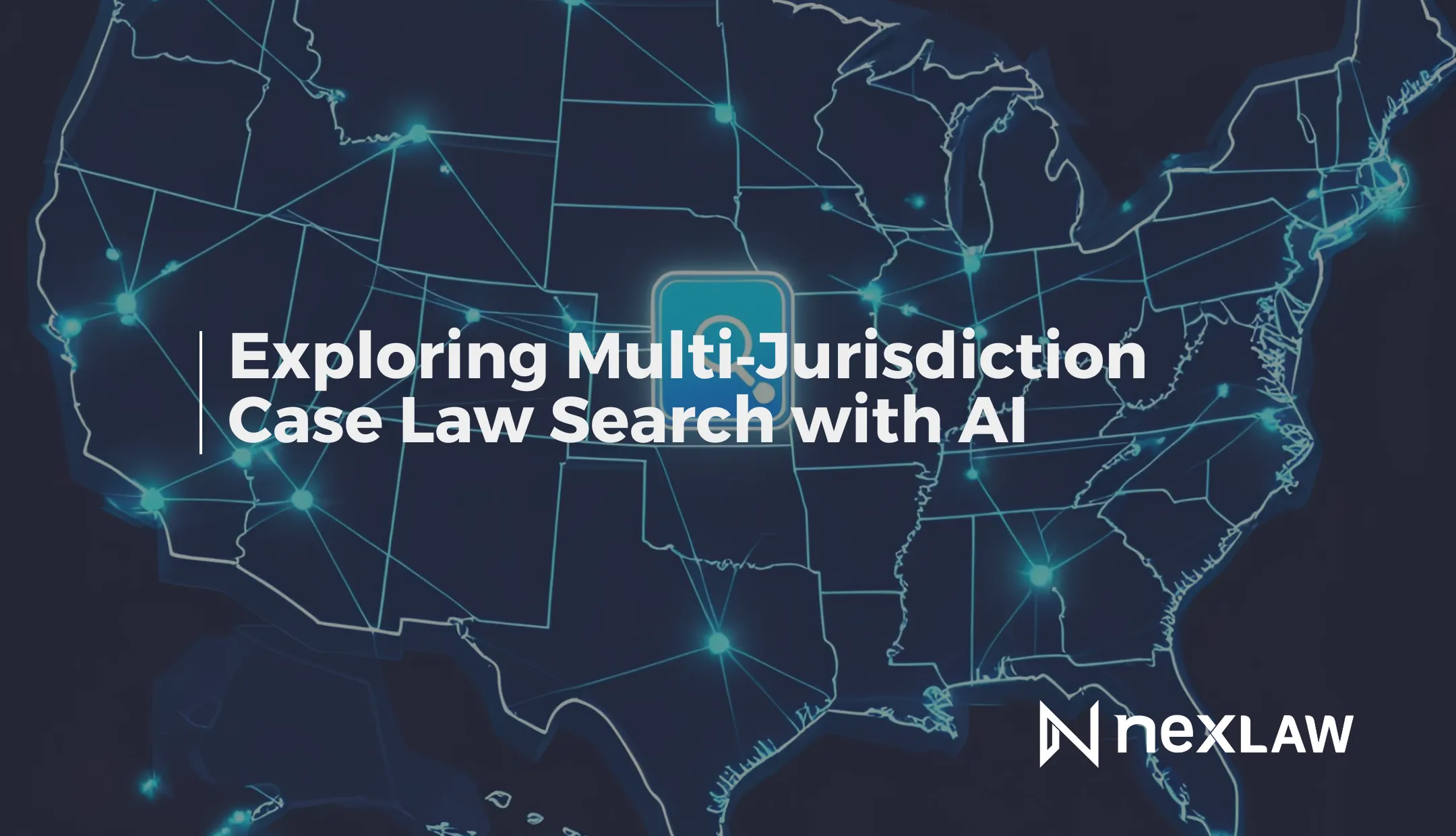
.webp)
